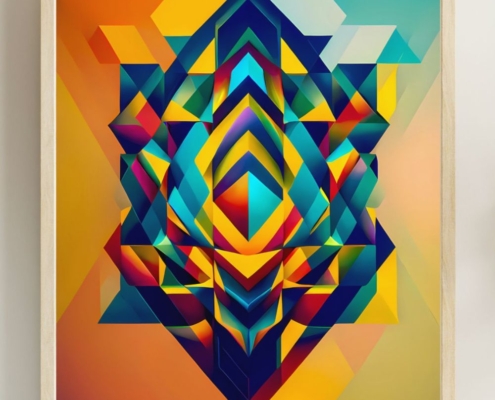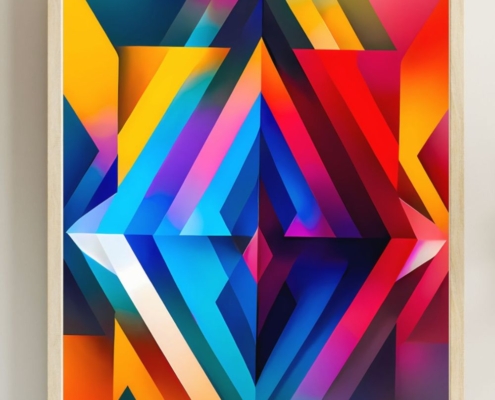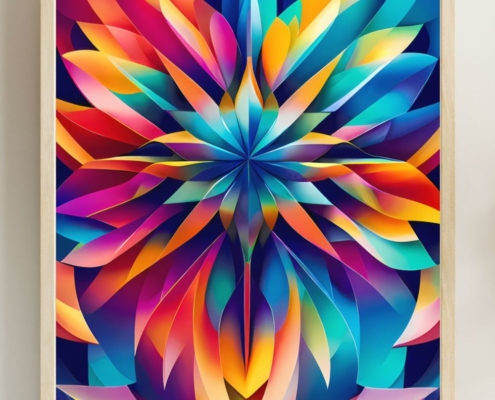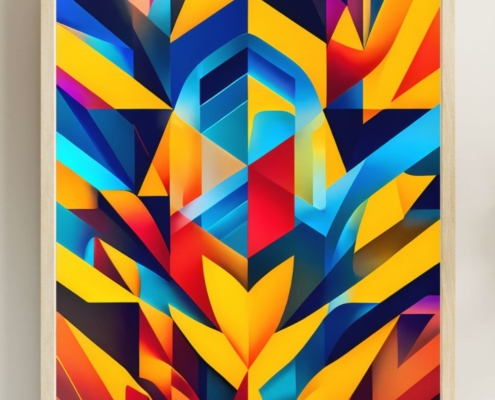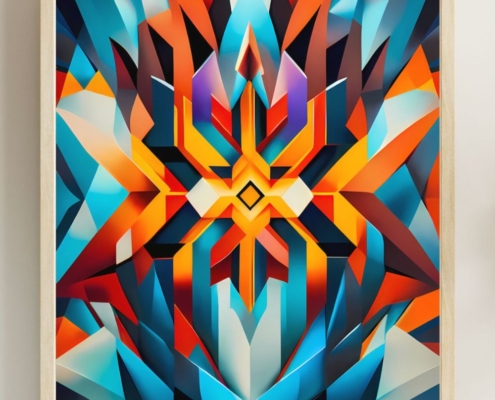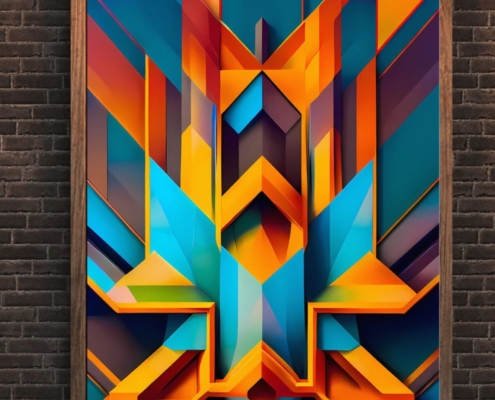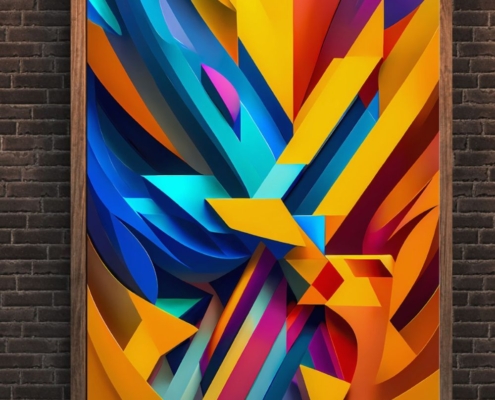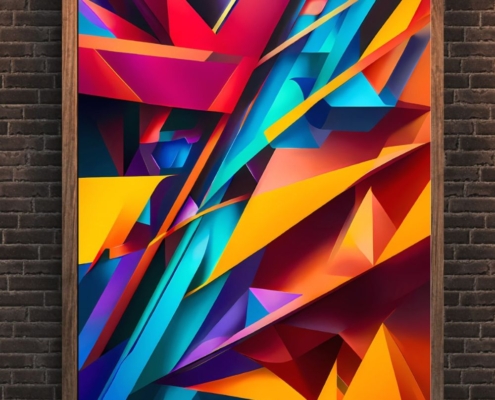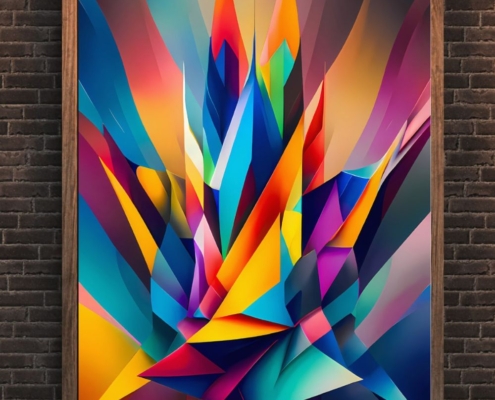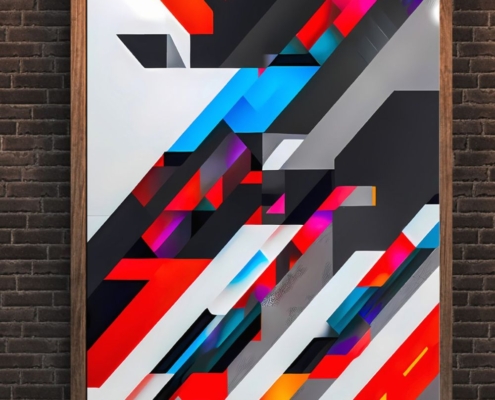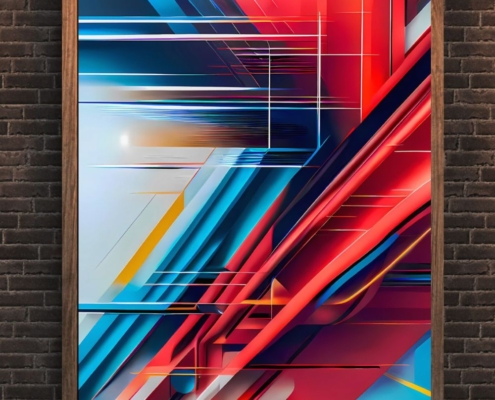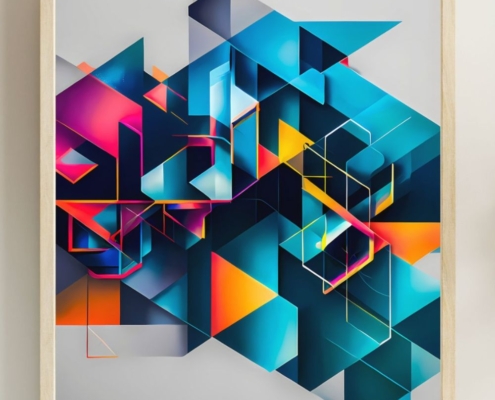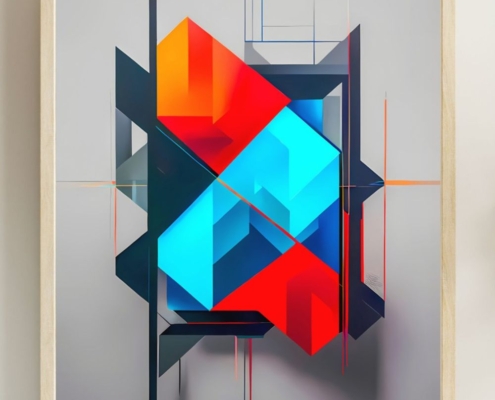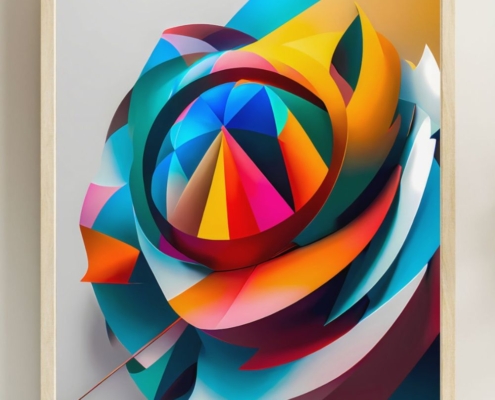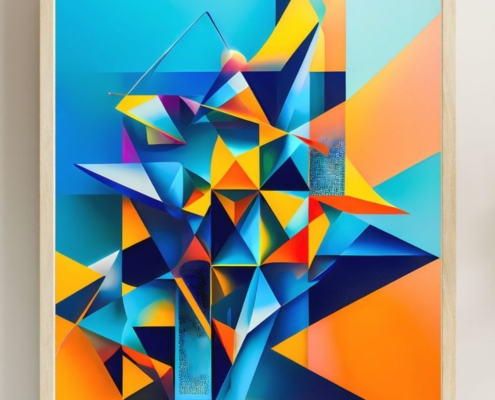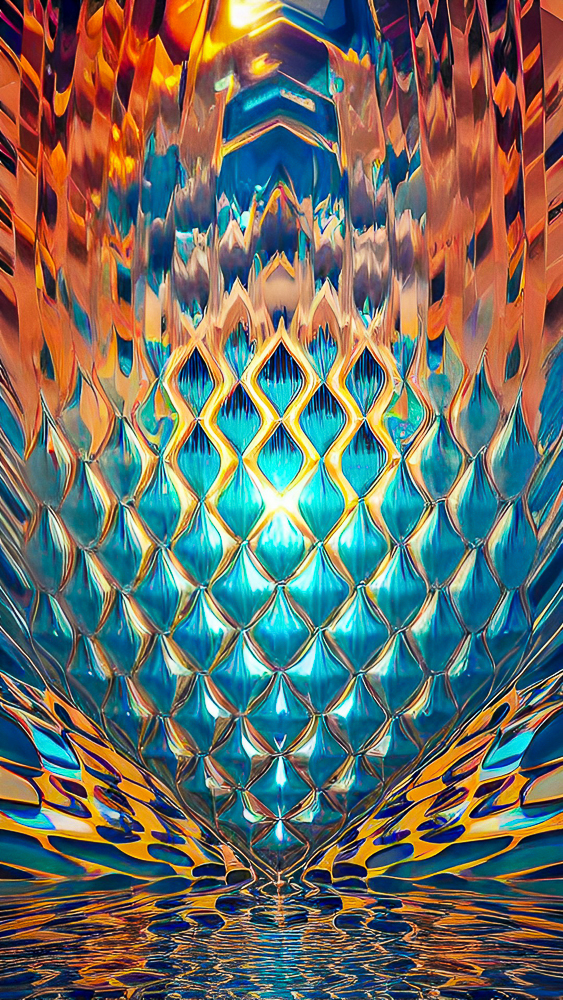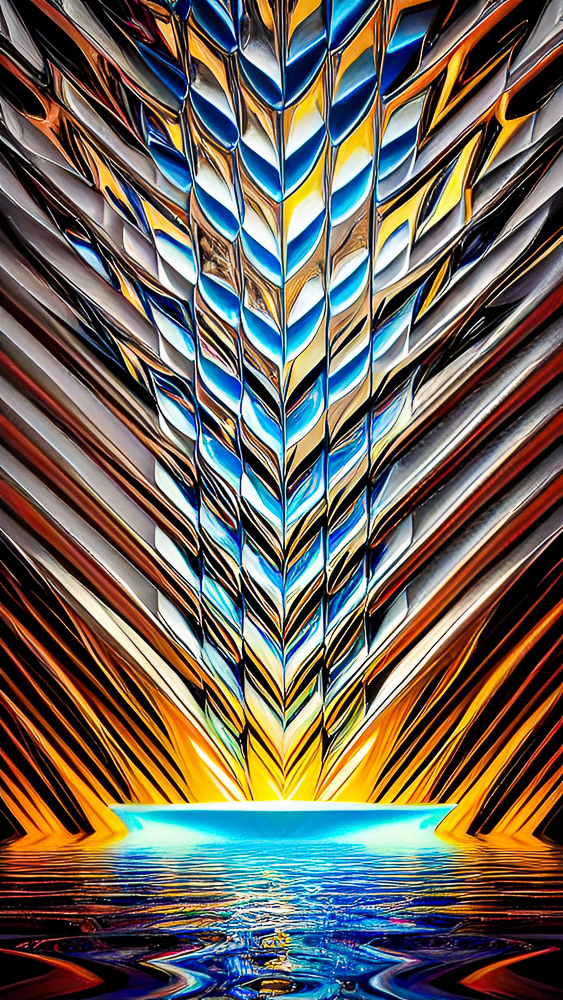New Abstraction Art
What is New Abstraction Art?
“New Abstraction” refers to a contemporary or recent development within the broader genre of abstract art. The term is not associated with a specific art movement but rather denotes a contemporary approach to abstraction that has emerged in the latter part of the 20th century and into the 21st century. New Abstraction encompasses a diverse range of styles, techniques, and conceptual frameworks employed by contemporary artists exploring abstraction in innovative ways.
BUY this abstract art as a digital printable download at Etsy
Key characteristics and aspects of New Abstraction include:
- Diversity of Approaches:
New Abstraction is characterized by the diversity of approaches embraced by contemporary artists. This can include a wide range of styles, techniques, materials, and conceptual frameworks that depart from traditional notions of abstraction. - Hybridization and Cross-disciplinary Practices:
Artists practicing New Abstraction often engage in hybrid forms that incorporate elements from various disciplines, such as technology, science, or other art forms. This cross-disciplinary approach reflects the interconnected and dynamic nature of contemporary artistic practices. - Incorporation of Technology:
Some artists within the realm of New Abstraction explore the integration of technology, digital media, or new materials in their artworks. This may involve the use of digital tools, algorithms, or interactive elements that go beyond traditional forms of expression. - Conceptual Depth:
New Abstraction is often characterized by a heightened emphasis on conceptual depth and intellectual engagement. Artists may explore complex ideas, and philosophical inquiries, or address contemporary issues through their abstract works. - Global Perspectives:
With the increasing globalization of the art world, New Abstraction reflects a diversity of cultural influences and perspectives. Artists draw inspiration from a variety of cultural, social, and historical contexts, contributing to a more global and inclusive dialogue. - Expanded Notions of Space and Materiality:
New Abstraction may challenge traditional notions of space and materiality. Artists may experiment with unconventional materials, scale, and spatial arrangements, pushing the boundaries of what constitutes abstract art. - Interactivity and Participation:
Some artists in New Abstraction explore the concept of viewer interaction and participation. Installations and artworks that invite the audience to engage physically or conceptually with the artwork contribute to the evolving nature of abstraction in contemporary art.
It’s important to note that New Abstraction is a fluid and evolving category, reflecting the constant evolution of artistic practices in response to contemporary culture, technology, and the ever-changing landscape of the art world. As the field of abstraction continues to expand, New Abstraction provides a platform for artists to explore fresh ideas and push the boundaries of artistic expression in the contemporary context.
Is Abstract Art Popular?
Yes, abstract art is gaining increasing popularity now. Its diverse styles and movements, the contributions of contemporary artists, and its presence in prominent exhibitions and galleries highlight a growing interest. Market trends, including auction results, suggest a sustained demand, while public engagement and educational programs further indicate the expanding appeal of abstract aesthetics. The influence of abstract art on contemporary design and its adaptation to digital platforms, including NFTs, contribute to its rising prominence and accessibility on a global scale.
Here are some factors that contribute to the enduring popularity of abstract art:
- Diverse Styles and Movements:
- Abstract art encompasses many styles, including Abstract Expressionism, Minimalism, Geometric Abstraction, and more. The diversity within abstract art allows for constant innovation and appeals to a wide audience with varied aesthetic preferences.
- Contemporary Artists and Exhibitions:
- Many contemporary artists continue to explore and contribute to abstract art. Their works are often featured in prominent exhibitions, museums, and galleries, showcasing the ongoing relevance and vitality of abstract expression.
- Art Market Trends:
- Auction results and market trends can indicate the demand for abstract artworks. If there is consistent interest from collectors and buyers, it suggests that abstract art maintains a strong presence in the art market.
- Public Engagement:
- Public interest and engagement with abstract art are evident in the attendance at exhibitions, social media interactions, and discussions within the art community. The accessibility of abstract art’s subjective interpretation contributes to its widespread appeal.
- Educational Programs and Institutions:
- Educational institutions and art programs continue to explore and teach abstract art. Aspiring artists often experiment with abstract forms, and educational initiatives contribute to the ongoing exploration and appreciation of abstract aesthetics.
- Influence on Contemporary Design:
- Abstract art has a significant impact on contemporary design, influencing areas such as interior design, fashion, and graphic design. The use of abstract elements in these fields contributes to the integration of abstract aesthetics into everyday life.
- Digital Platforms and NFTs:
- The rise of digital platforms and the emergence of NFT (Non-Fungible Token) art have provided new avenues for abstract artists to showcase and sell their works. The digital realm has expanded the reach and accessibility of abstract art to a global audience.

